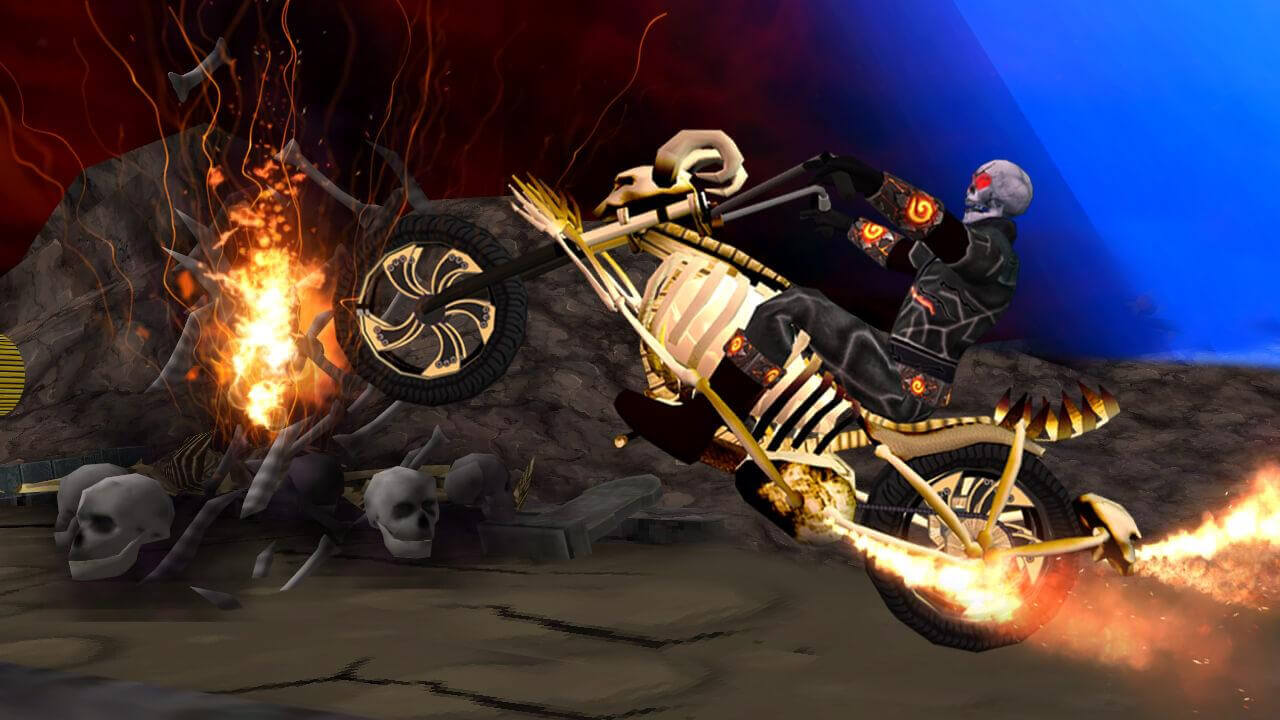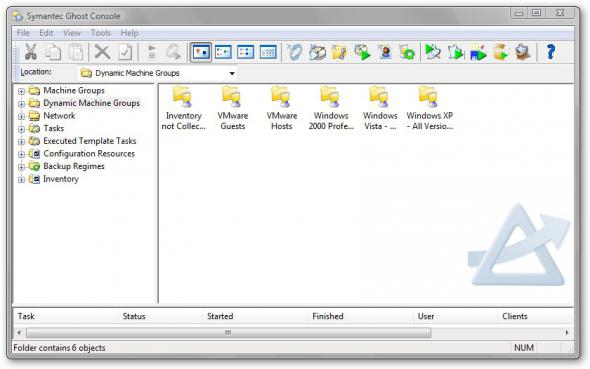

Initially, Ghost supported only FAT filesystems directly, but it could also copy (although not resize) other filesystems by performing a sector copy.

Ghost can copy the contents of one hard drive to another and can convert a hard drive′s contents to a virtual disk format such as VMware′s VMDK file. There′s also provision to mount a drive & select backed-up files from that drive and recover them to the primary hard disk.
#Ghost 3.1 software full
This provides a recovery environment to perform a full system recovery. It comes with an ISO file that needs to be written to a CD. Disk cloning programs either provide a Windows Explorer-like program to browse image files and extract individual files from them, or allow an image file to be mounted as a read-only filesystem within Windows Explorer. A key feature of a backup program is to allow the retrieval of individual files without needing to restore the entire backup. Backup softwareĪlthough disk cloning programs are not primarily backup programs, they are sometimes used as such.

Symantec released a prototype of Phantom as Ghost for Manufacturing in 2003. Some parts of the Phantom code, such as the ability to write to NTFS filesystems from MS-DOS, got folded into the main Ghost product. The Phantom project ran for about three years in parallel with the ongoing development of the Ghost code. The internal project name Phantom designated a complete rewrite of the Ghost cloning engine at Symantec in Auckland. However, a version of Ghost 8.0 was included on the Ghost 9 recovery disk to support existing Ghost customers. Ghost 9 continued to leverage the PowerQuest file format, meaning it wasn′t backward compatible with previous versions of Ghost. On August 2, 2004, Norton Ghost 9.0 was released as a new consumer version of Ghost, which was based on PowerQuest′s Drive Image version 7, and provided Live imaging of a Windows system. PowerQuestĪt the end of 2003, Symantec acquired its largest competitor, PowerQuest.
#Ghost 3.1 software software
Technologies developed by 20/20 Software were integrated into Ghost after their acquisition by Symantec in April 2000. After the Symantec acquisition, a few functions (such as translation into other languages) were moved elsewhere, but the main development remained in Auckland until October 2009 at which time much was moved to India. Binary Research developed Ghost in Auckland, New Zealand.


 0 kommentar(er)
0 kommentar(er)
